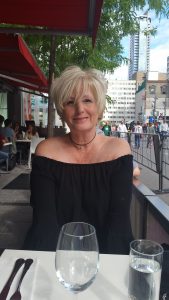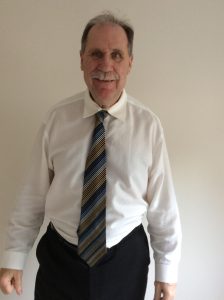 Lantzville, B.C.
Lantzville, B.C.
In August 2015, I was diagnosed with stage 3B melanoma, which had manifested in my chest bone. I had two surgeries to remove the tumour along with eighteen lymph nodes, followed by twenty consecutive weekdays of Interferon. Yet, by January 2016 the melanoma had spread to my liver and had progressed to stage 4. I started an Opdivo + Yervoy immunotherapy clinical trial, which finished in May 2017. I had four instalments of each treatment, though I had to miss one because my liver and thyroid levels were elevated, which was treated with a synthetic corticosteroid. The treatments were ultimately a success, and I am in remission.
I truly feel that I am one of the most fortunate people in the world. I have been able to go back to work, and I have the support of my incredible wife Debbie, my sons Nick and Kris, my extended family, and my friends. It has been so important to me to acknowledge and thank all my caregivers for their continued support. I know that this journey is ‘our’ journey. They are experiencing the same fears and emotions that I am going through.
I also believe that if you’re fighting cancer, every person should share their story how they see fit. I went public for two reasons; I hoped that by sharing my story I could give others who are in a similar situation hope, and I want to help people recognize that our caregivers are our rocks, who are living the same rollercoaster of a journey as the cancer patient, and they also need support. Simply asking them how they are doing will go a long way in helping them during these difficult times.


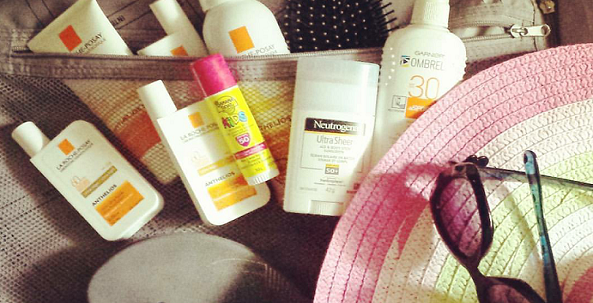
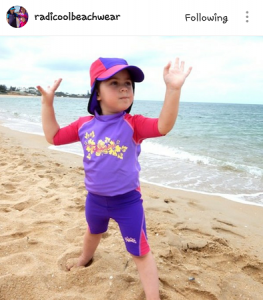
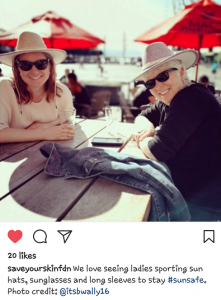
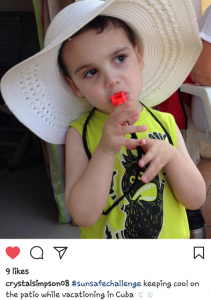
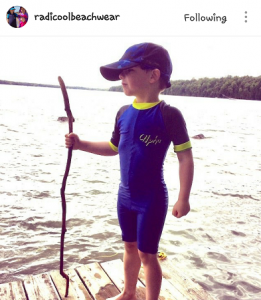
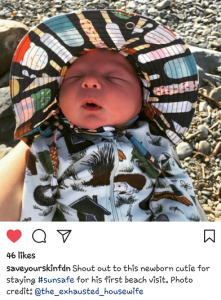
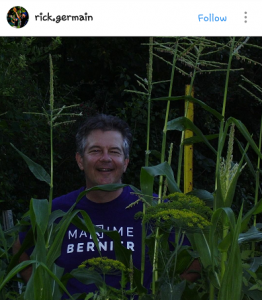
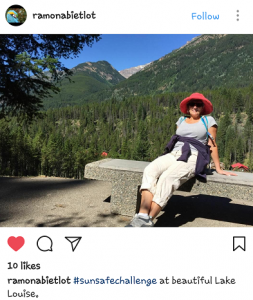
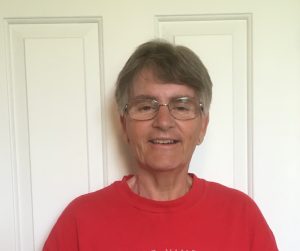
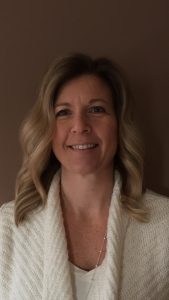

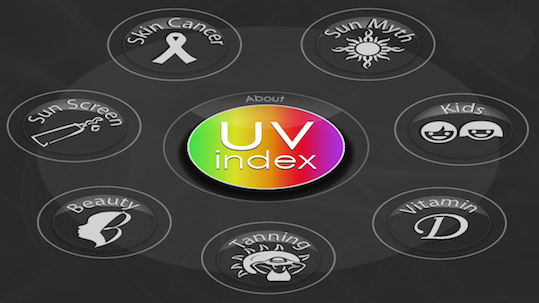
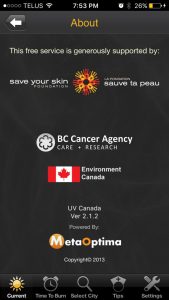 With warm Summer weather approaching, the UV Canada application (available for
With warm Summer weather approaching, the UV Canada application (available for 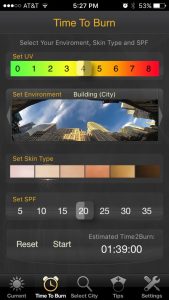 The UV Canada app takes customization a step further with the ‘Time to Burn’ feature, which allows the user to estimate how long it would take their skin to burn in a given setting. This time period is assessed by combining the UV level on a particular day, the user’s skin type, the level of SPF they are wearing, and the environment they are in; environment options include desert, snow, grass, city, and water. This is both a useful tool for estimating the user’s need for sun protection and an educational tool for how long skin may take to burn in a given situation.
The UV Canada app takes customization a step further with the ‘Time to Burn’ feature, which allows the user to estimate how long it would take their skin to burn in a given setting. This time period is assessed by combining the UV level on a particular day, the user’s skin type, the level of SPF they are wearing, and the environment they are in; environment options include desert, snow, grass, city, and water. This is both a useful tool for estimating the user’s need for sun protection and an educational tool for how long skin may take to burn in a given situation.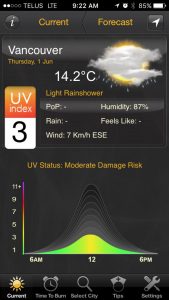
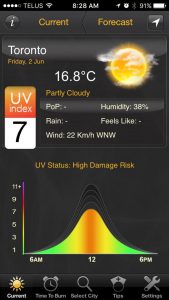
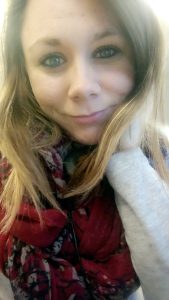
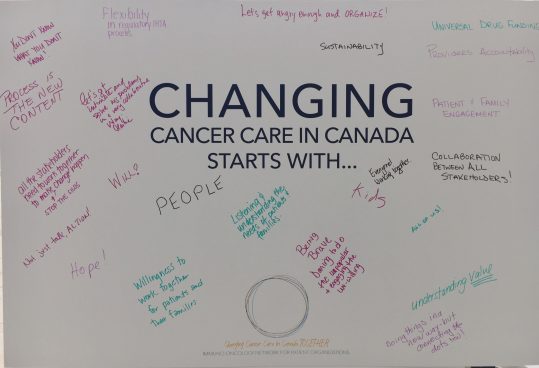

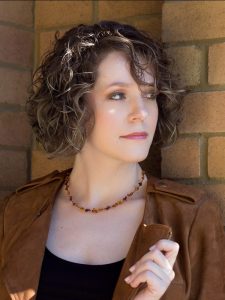 Toronto, ON
Toronto, ON